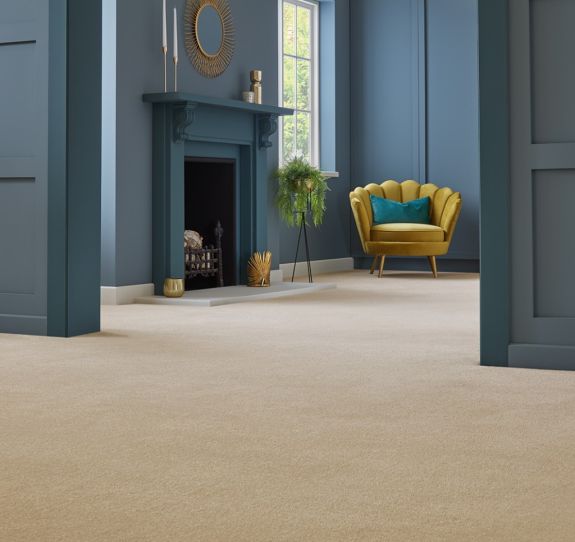How to fix laminate flooring that is lifting
Our top recommendations for how to fix laminate flooring that’s lifting are as follows:
1. Get a trusted expert to help you assess and fix the problem
The easiest and most efficient way to fix lifting laminate flooring is to get a trusted expert to help. They can quickly assess the cause of the damage and let you know what you’ll need to do to resolve it. It’s best to call a professional if you notice any of the following serious issues:
- Uneven flooring and laminate buckling where the subfloor could be at fault
- Laminate lifting across a large area of flooring
- Major water damage or mould growth
We recommend calling in a trusted expert to level out an uneven subfloor rather than attempting to do it yourself. They’ll know how to fix lifting laminate flooring based on your type of subfloor and the exact nature of the problem. Levelling out your subfloor often takes a high level of precision, and getting it wrong could be costly!
Perhaps your flooring was recently installed by professional fitters and you’re already noticing lifting issues. If so, reach out to them and explain the problems you’ve found. Make sure to take photos of the issues and find out if you can request a repair.
2. Trim the expansion gap around the room
If the expansion gap is too small or non-existent, trimming away a thin strip of laminate all around the edges of the room will create the 7-10mm space you need. If you have the right tools, you might be able to do this yourself. You would need safety equipment and a multi-tool with a circular blade.
Still, it’s often wiser to opt for a professional, as your skirting boards may have to be removed and reinstalled, which could damage your plaster, or the skirting boards themselves.
3. Check your underlay is fitted correctly
If your underlay is at fault, there’s only one solution, and that’s bringing up all your laminate flooring and relaying your underlay correctly. Whether this means buying the correct underlay to cover any imperfections on your subfloor or ensuring that it’s laid properly, this should help your flooring lie smoothly and reduce the chances of laminate flooring lifting again.
4. Fix any issues that might be causing water damage to your planks
If your laminate flooring has taken on too much moisture and is warping out of shape, the first step is to address the cause of the damage – fixing any leaking pipes or other sources of damp. Unfortunately, the affected laminate boards will need to be replaced. This is why it’s often a good idea to keep a selection of spare planks left over from your initial installation – if you have space in your loft or cupboards, that is.
You can always browse Tapi’s product range or make an appointment with one of our floorologists to explore your options. If you think your laminate is too damaged or has seen better days, take a look at our guide on how to tell if you need to replace your flooring.












































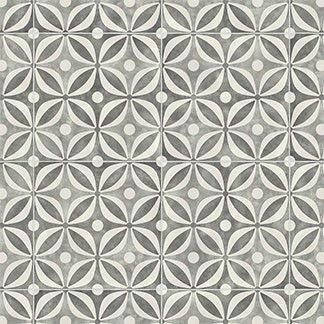


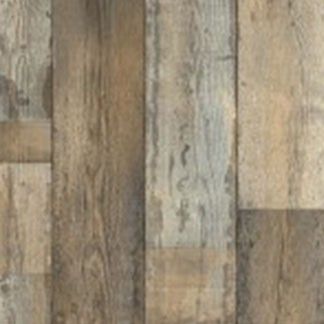

























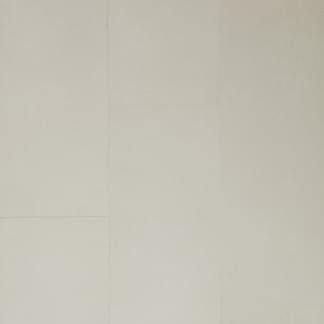


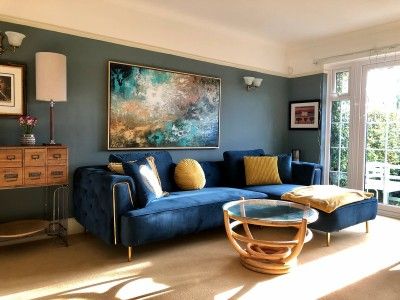

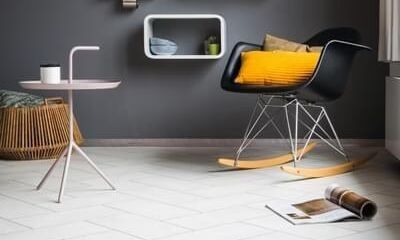


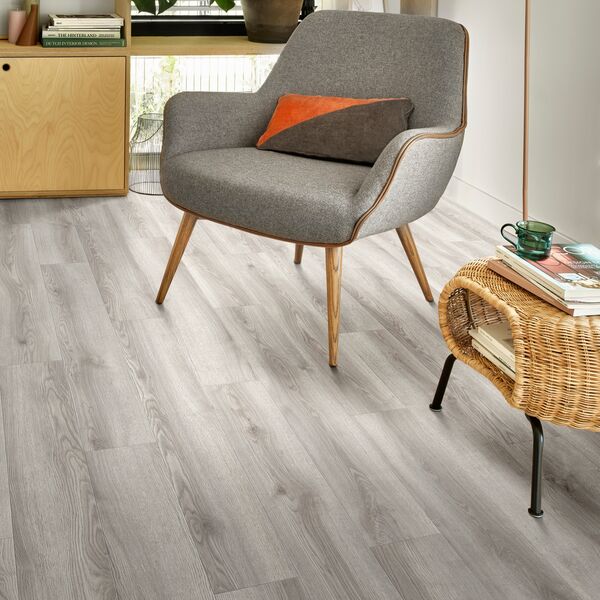

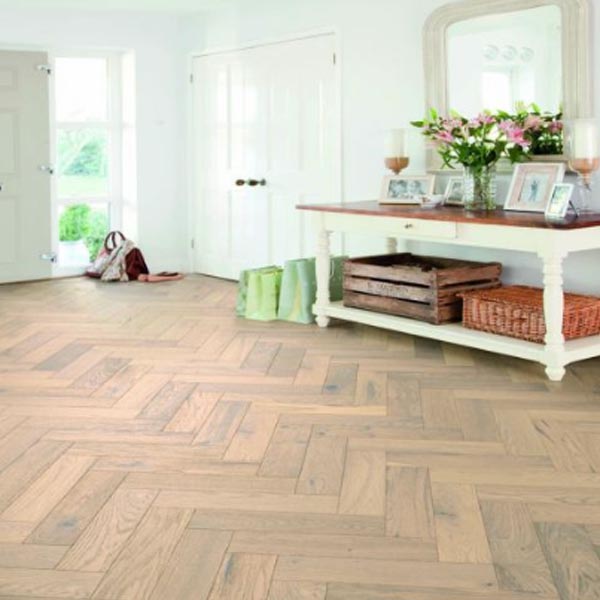





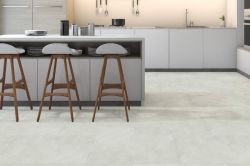









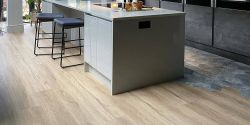

-250.jpg)

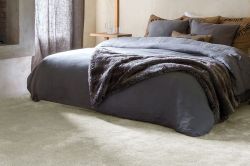

-250.jpg)
 copy-250.jpg)



 - Article Image (not header)-250.jpg)


-250.jpg)









